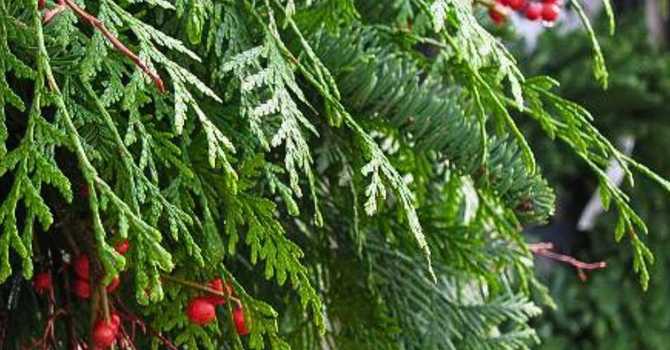
After a year of ups and downs with the weather,
and after several years of economic fluctuations, folks are keen to expand their edible gardens and to get a jump on the growing season ahead to try and maximize what they can harvest in a year. While it’s tempting to ‘dig in’ as soon as the days start to warm don’t get too far ahead of yourself; plant as the season allows and you’ll be just fine. One of the best vegetables for handling the cold though is asparagus, and the good news is that it can be planted in early March.
One of our oldest
Asparagus is one of our oldest perennial vegetables. The varieties we grow in our area are typically hardy to Zone 3, and they are happiest in a sunny location with well-drained, slightly alkaline soil. Asparagus takes a bit of effort to get growing, and patience to let it get mature enough to harvest (you do have to wait a year), but it is certainly worth the effort.
Very important
It is very important to make certain the asparagus roots go straight down and because of this, the traditional method of planting involves trenches. Furrows or trenches should be dug about 12 inches wide and 12 to 18 inches deep, depending upon the length of the roots. Rows should be 3 feet apart. The bottom of the trench should be filled with 2 to 3 inches of well-composted manures or Sea Soil. Mix these up well with the existing soil and then add a few inches of just soil on top. Create a mound of soil in the centre of the trench, leaving the crest about 3 to 4 inches below the level of the garden soil. At this point, the asparagus roots can be planted. To speed up the rooting process, dip them in a mixture of warm water, liquid transplanter fertilizer and mud.
This muddy concoction sticks to the roots and immediately begins to stimulate root development. Lay the roots on top of the mound of soil in the trench, spreading the roots evenly on both sides of this small berm. Place the plants about 18 inches apart and backfill the trench, leaving the crowns or tips of the asparagus just barely covered with soil. Root growth will begin almost immediately.
Gross! Weeds!
Weeds can be a problem in new asparagus beds because well-established roots will intermingle with the asparagus roots. Keep your asparagus beds weed free by hand cultivation, but remember: practice shallow cultivation for fear of injuring the asparagus roots.
During the summer, asparagus needs deep watering to keep the roots active and growing. Soaker hoses are the best means of watering these beds. During dry spells, water thoroughly at least once a week.
Boost the nitrogen fiertilizer
Once established, asparagus is fairly drought tolerant, but the need to be well-established first. As the asparagus plumes begin to develop, feed with a higher nitrogen fertilizer or use a slow-release food, like 14-14-14, or organic 4-4-4.
If you are practicing companion planting, parsley planted with asparagus gives added vigour to both. Tomatoes planted near asparagus will keep away the asparagus beetle because of a substance in the tomato plant called solanine.
The second year after planting, you can begin harvesting a few spears for a period of four to six weeks.
When the spears are 6-8 inches high, cut them at a 45 degree angle about 1½ inches below the soil line, but be careful not to damage the crowns. At the start of the harvesting season, you will probably harvest every three days, but as the soil becomes warmer, a daily harvesting can take place. If any spears get away on you, let them develop into foliage. Once the spears become very thin, it’s a sign the roots are tiring, and it is time to stop cutting.
Grow all summer
Let the plumes grow all summer. In colder parts of British Columbia, leave them standing to trap snow for better winter protection. In the Lower Mainland, the plumes should be cut off when the seed heads begin to turn red (normally in September), and the roots covered with 4 inches of manure.
It may seem like a fair amount of work the first year, but once established, with a little care, you will enjoy your own fresh asparagus for the next fifteen years or more!


